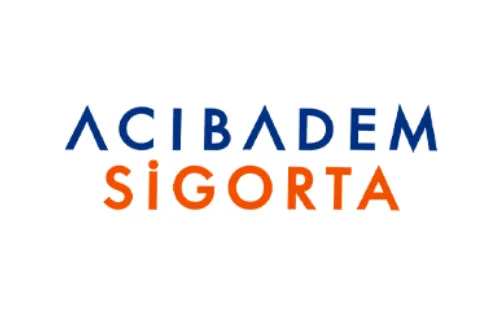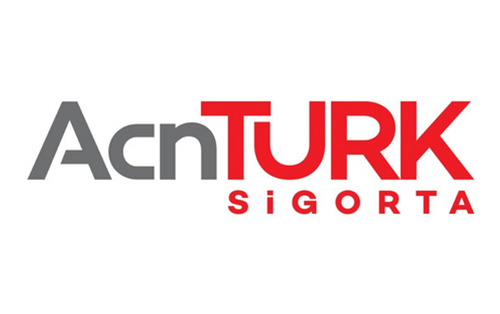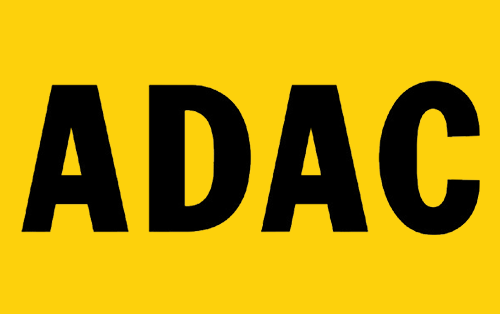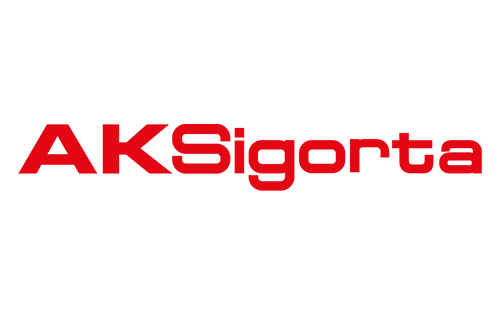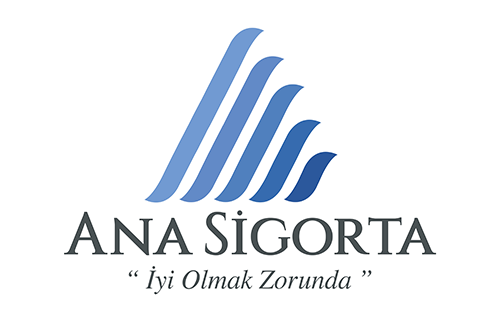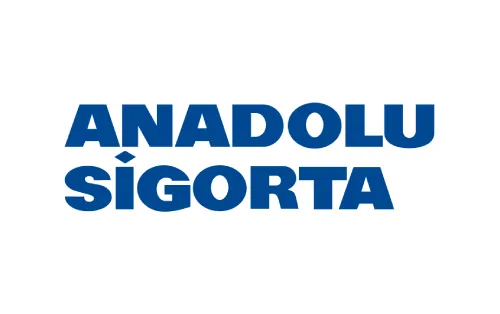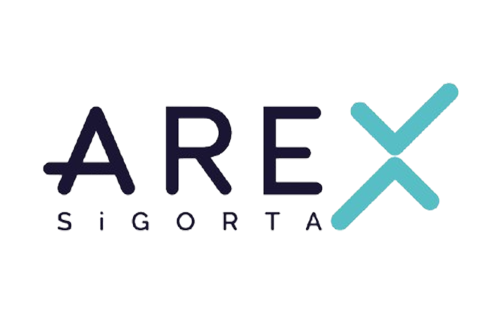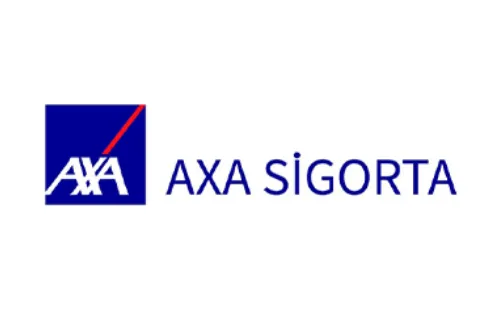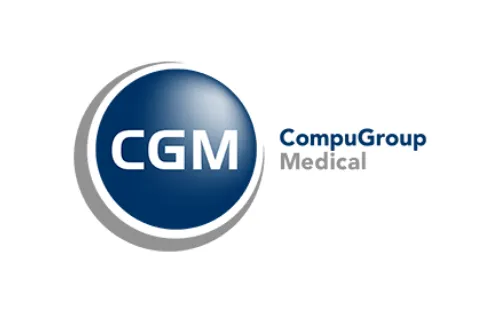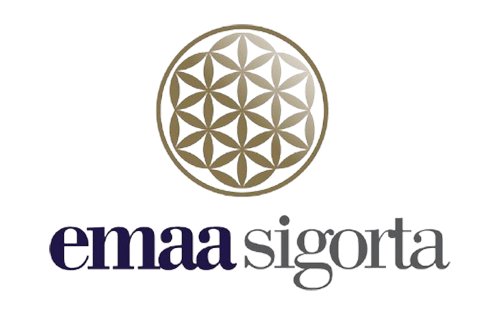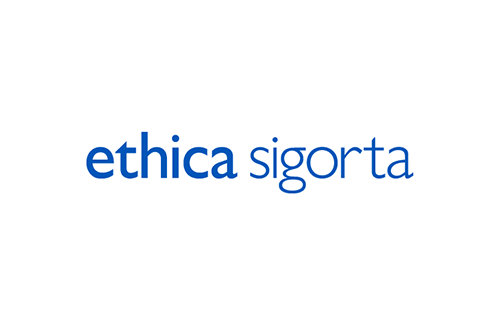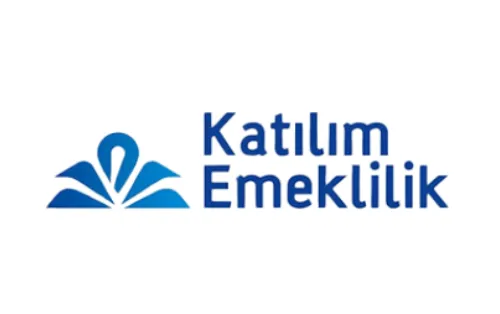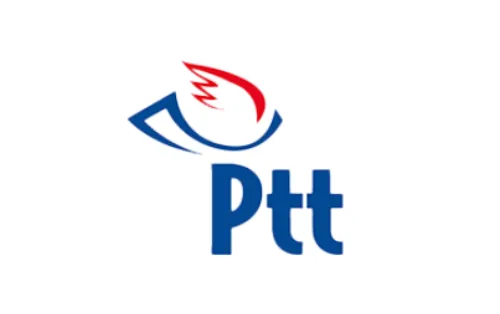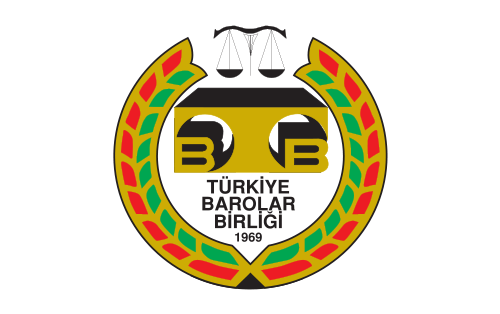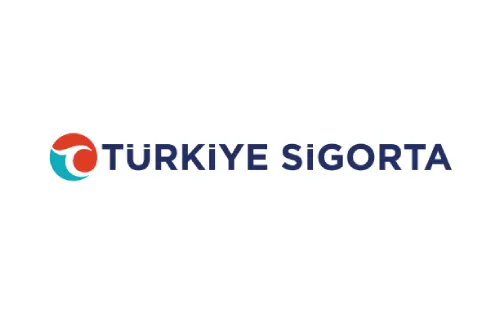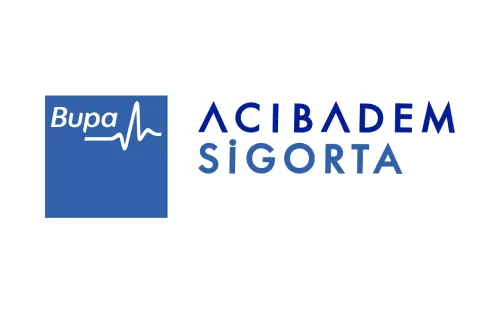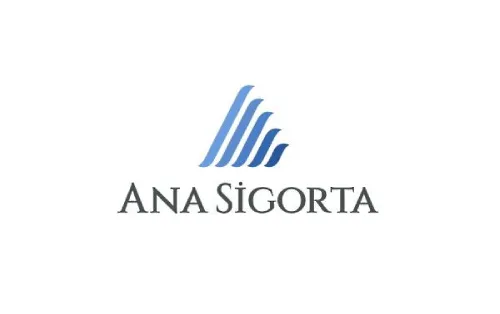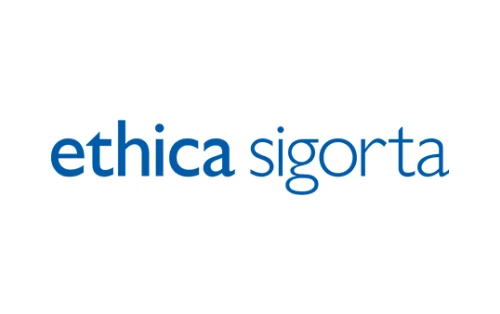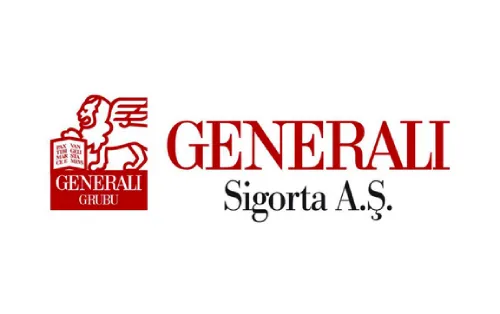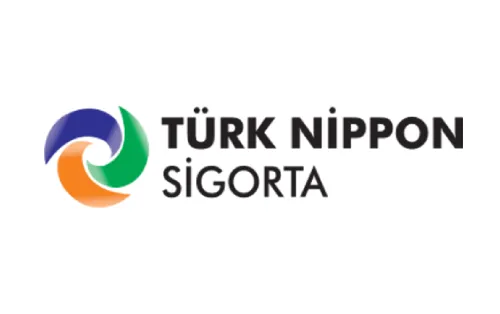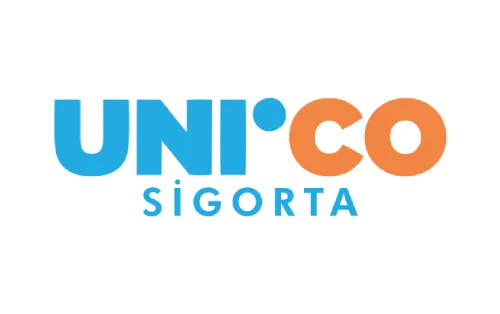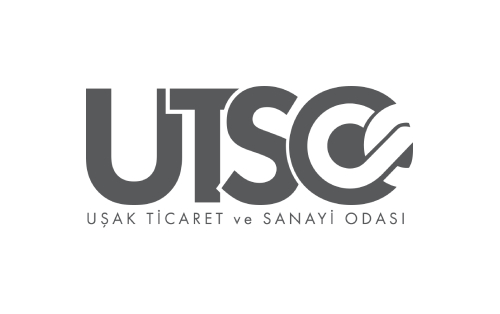Nose Flesh and Bone Operations
Usually noses are decoupled into two fleshy and bony groups; this classification has no scientific basis, but surgeons use these terms to better communicate with patients; the major difference between them is the thickness of the nose skin. A thick skin covers fleshy noses, while a thinner layer of skin and fat is found on Bony noses. Fleshy noses are more shaped, Bony ones are smaller and easier to shape. Both of these features are necessary in nasal surgery.
During surgery, the deviation and curvature of the septum are fixed. To correct the high bump of the nose, before surgery, a skilled surgeon makes sure that the operation will not cause a problem for the patient's breathing.

A very good example of fleshy noses are African nose types. The skin of the nose is thick, the cartilage is thin and weak. The old surgical methods of fleshy noses were not useful, since after a while the cartilage would return to its former shape; nowadays, the nasal return is practically close to zero, since cartilage reinforcement is done at the same time as forming the nasal structure. In more recent techniques, the surgeon moves the cartilage from the middle of the septum to the tip of the nose to strengthen the nasal tip cartilage. Bony or humpy noses have thin skin on them; This thin skin helps the surgeon to shape a perfectly shaved nasal bone during the operation and makes the operation result more wonderful. In summary, Bony noses have three main characteristics:
- Hunchback on bridges
- Thin high flexible skin
- Strong tissues and cartilage
There are three main layers of the nasal structure. First, a delicate layer of November muscle that sticks to the bottom. Secondly, a layer of bony cartilaginous, and thirdly, a layer covering the mucosa on the inside of the nose.
As mentioned earlier, plastic surgeons divide the noses into two types of fleshy and bony noses according to the type of tissue and cartilage; the difference is in the tissue and cartilage. Cartilage is more resistant in bony noses and weak in fleshy ones. Bony noses often have more curvature and hump on their bridges.
Strangely overgrowth of nasal cartilage can be caused by hereditary factors or bone fractures caused by accidents. This thick growth of nasal cartilage is the cause of the formation of a bony nose. Sometimes, due to injuries in childhood, at first, The Shape of the nose does not change much, but the form of the nose changes after the child grows up. The biggest task of Surgeons in reshaping the bony nose is the removal of the hump. A competent surgeon transforms the structure of the nose into the best possible form, so that the face becomes more attractive and beautiful.








